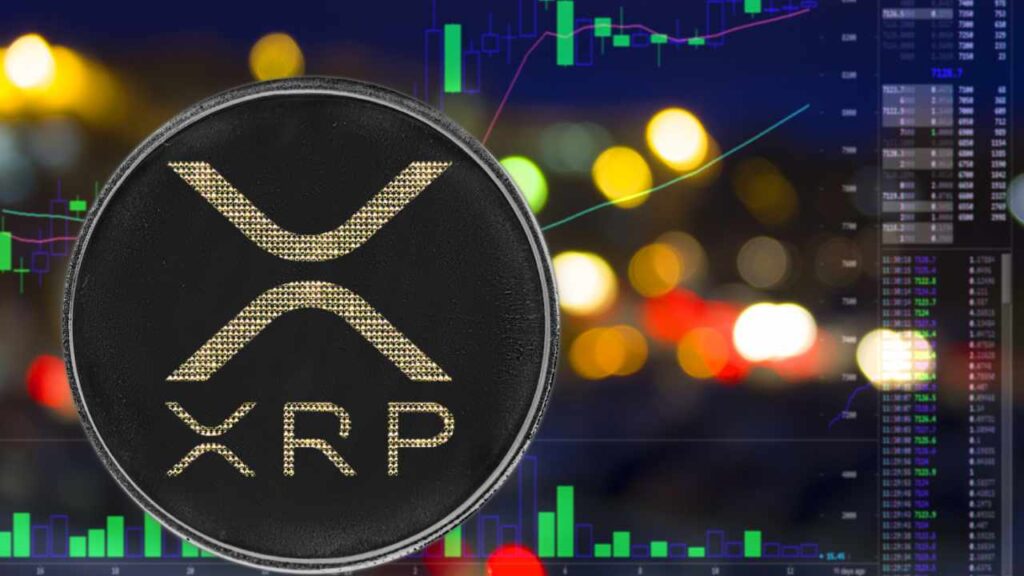
Introduction
XRP, the cryptocurrency designed by Ripple Labs, plays a crucial role in the financial technology landscape. As one of the top digital currencies by market capitalization, XRP offers a fast and cost-effective way to facilitate international money transfers. Given ongoing developments in cryptocurrency regulation and adoption, understanding XRP’s place in this dynamic market is more relevant than ever.
The Rise of XRP
Since its inception in 2012, XRP has aimed to revolutionize cross-border payments. Unlike Bitcoin or Ethereum, which focus primarily on being digital currencies for peer-to-peer transactions, XRP was created specifically for financial institutions and payment service providers. Its primary use case is to enable quick and secure transfer of money across borders, effectively acting as a bridge currency to facilitate these transactions.
Recent Developments
In recent months, XRP has gained increased interest following Ripple’s ongoing legal battle with the U.S. Securities and Exchange Commission (SEC). In July 2023, a federal judge ruled in favor of Ripple, stating that XRP is not classified as a security when sold on exchanges, a pivotal judgment that has generated optimism in the crypto community. This ruling has sparked a renewed interest from investors and institutions back into XRP, boosting its market price significantly.
Market Performance
As of October 2023, XRP’s market capitalization stands at approximately $25 billion, making it one of the top five cryptocurrencies globally. The price of XRP has fluctuated dramatically in response to news regarding regulatory outcomes and adoption trends. Analysts suggest that if Ripple continues to navigate its legal challenges successfully, XRP could see advancements in partnerships with banks and financial institutions, positioning it favorably against other cryptocurrencies.
The Future of XRP
The outlook for XRP appears optimistic given its unique market positioning and the legal landscape beginning to stabilize. Experts believe that regulatory clarity could lead to even greater adoption among financial institutions seeking efficient cross-border payment solutions. If Ripple can leverage its platform to establish more partnerships, particularly with major banks and payment processors, XRP has the potential to become a dominant player in the digital currency space.
Conclusion
With the legal hurdles seemingly behind it, XRP is well-positioned for future growth. As the global financial landscape increasingly embraces digital solutions, XRP’s utility as a bridge currency may strengthen its adoption. Investors, institutions, and enthusiasts alike should keep an eye on XRP as part of the evolving cryptocurrency market, as it holds the promise of reshaping the future of digital finance.



